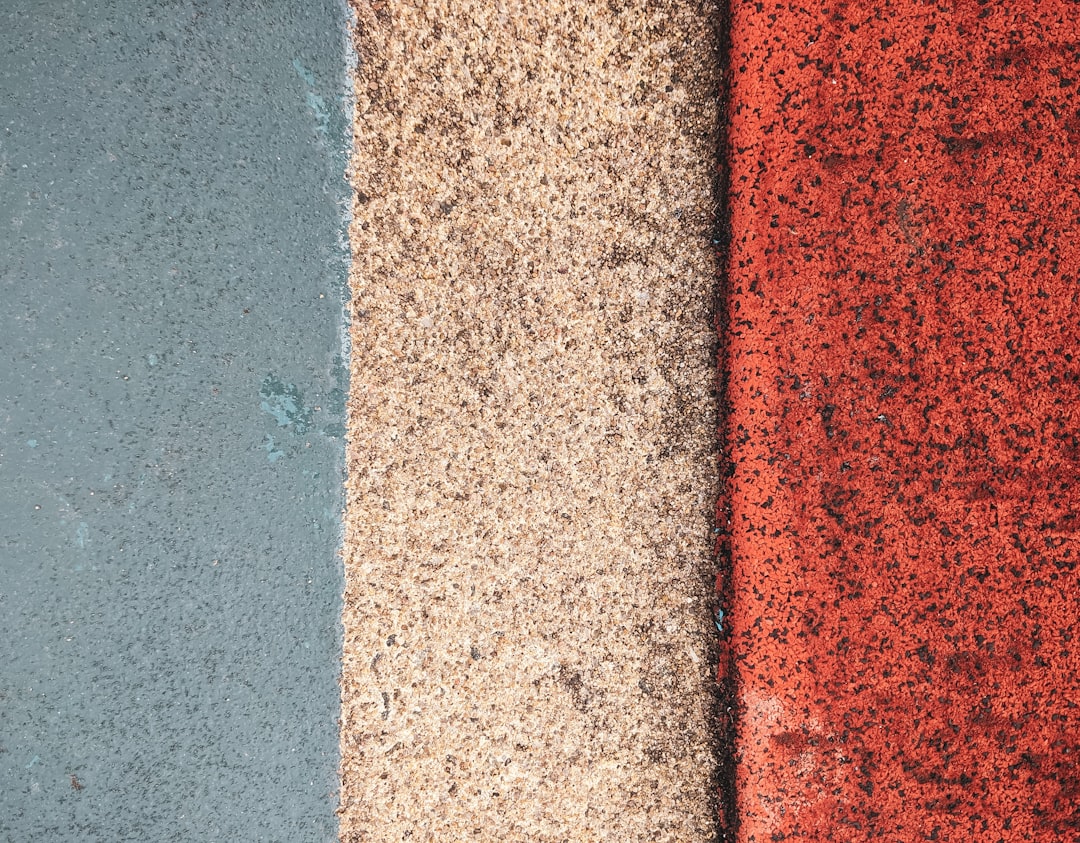All Nonfiction
- Bullying
- Books
- Academic
- Author Interviews
- Celebrity interviews
- College Articles
- College Essays
- Educator of the Year
- Heroes
- Interviews
- Memoir
- Personal Experience
- Sports
- Travel & Culture
All Opinions
- Bullying
- Current Events / Politics
- Discrimination
- Drugs / Alcohol / Smoking
- Entertainment / Celebrities
- Environment
- Love / Relationships
- Movies / Music / TV
- Pop Culture / Trends
- School / College
- Social Issues / Civics
- Spirituality / Religion
- Sports / Hobbies
All Hot Topics
- Bullying
- Community Service
- Environment
- Health
- Letters to the Editor
- Pride & Prejudice
- What Matters
- Back
Summer Guide
- Program Links
- Program Reviews
- Back
College Guide
- College Links
- College Reviews
- College Essays
- College Articles
- Back
Oppression as a Warning
“There was a change in the appearance of Saint Antoine; the image had been hammering into this for hundreds of years, and the last finishing blows had told mightily on the expression” (Dickens 223). The ominous tone of this quote is the same tone that prevails for much of A Tale of Two Cities. The low-class town of Saint Antoine, fed up with ill treatment, prepares for battle. However, Dickens skillfully describes both sides of this war and how the people of Saint Antoine are not as innocent as they seem. In his novel A Tale of Two Cities, symbolism allows Charles Dickens to show the role that social class plays in war and reveal that the oppressed can become oppressors.
With the symbol of the Marquis, Dickens demonstrates how the lower class can become the abuser. The Marquis represents the heartless upper class’s maltreatment of the lower class. The first time the Marquis is introduced, he rides through the town and tramples a child with his carriage. While the father of the child “shrieks” in “wild desperation,” the Marquis simply scolds the man and tells him how “extraordinary it is” that “you people cannot take care of your children” (111). He further remarks that he would “ride over any of [them] very willingly” (112). The lower class’s anger fans out to anyone of a higher class than themselves. For the people of Saint Antoine, it doesn’t matter who the person is or what their past actions are. All of the aristocrats are regarded as bloodthirsty and barbaric. For the Marquis, his attitude toward the people of Saint Antione ultimately leads to his murder, which is signed: “Drive him fast to his tomb” (130). Although the hatred uniformly felt by the town can be justified to a certain extent, a line must be drawn at some point, such as the murder of the Marquis. As the inhabitants of Saint Antoine begin their vengeful rampage—murders, beheadings, rage-filled knitting—they end up committing acts that are just as brutal as how they portray the upper class. The symbol of the Marquis illustrates the extensive motivation behind these acts and how it all stems from social class.
Madame Defarge’s knitting is another symbol that allows Dickens to tie unequal treatment and class. Symbolizing silent warfare and preparation for revenge, Madame Defarge’s seemingly harmless hobby is far from light-hearted. She steadily knits the names of her enemies, even “knitting an extra something” into the names whose fate is least uncertain (183). However, it is not just Madame Defarge who exhibits this pastime. Other women in Saint Antoine “knit worthless things,” but as “the fingers [go,] the eyes [go,] and the thoughts” (187). This behavior is heightened by Madame Defarge. She begins to talk with more and more groups of women, and consequently, they knit “quicker and fiercer among every little knot” (187). After beheading a governor, “the fingers of the knitting women [become] vicious, with the experience that they could tear” (223). While starting as a form of reticent protest, the anger of the knitting women grows until vengeful violence breaks out. This symbol helps Dickens display how the oppressed lower class takes their retaliation too far, almost to the point that they become oppressors themselves. After beheading a governor, “the fingers of the knitting women [become] vicious, with the experience that they could tear” (223). Madame Defarge rallies many of the attacks in Saint Antione, and her innocent knitting represents the brewing hatred that leads to them. While the beheadings that the Saint Antoine mob carries out may seem like an equal punishment for those that they kill—considering the upper class executes numerous low-class criminals daily—in reality, they are being no less ruthless than those whom they seek to penalize.
Although the actions of the people of Saint Antoine seem justifiable due to their mistreatment, this justification is disqualified as they engage in acts of mistreatment themselves. The symbols of the Marquis and Madame Defarge’s knitting highlight the most important part of this takeaway: the revolutionaries take it too far. Dickens cleverly emphasizes how social class is the catalyst for this rebellion. In other words, if all the people of France had all been of the same class, these events most likely would not have transpired. Acts similar to what unfolds in A Tale of Two Cities have occurred in modern life. Perhaps in writing this novel, Dickens sought to warn future generations. Whether this advice will be heeded or not is only for time to tell.
Work Cited
Dickens, Charles. A Tale of Two Cities. Bantam Classics, 1981.

Similar Articles
JOIN THE DISCUSSION
This article has 0 comments.
